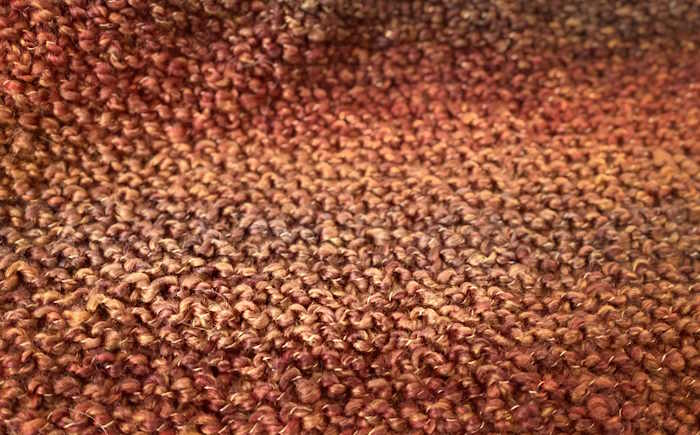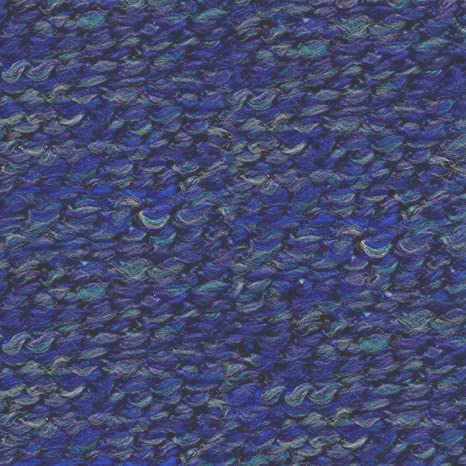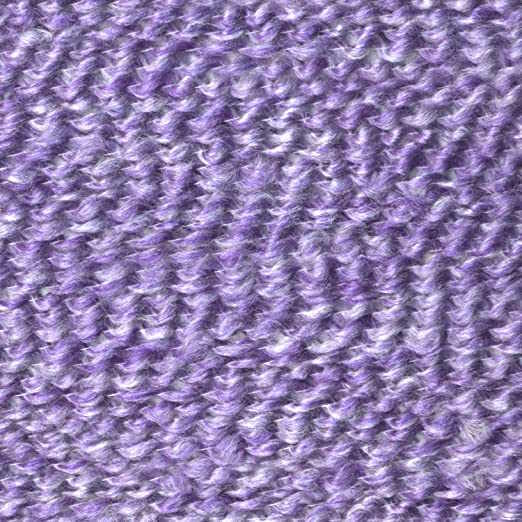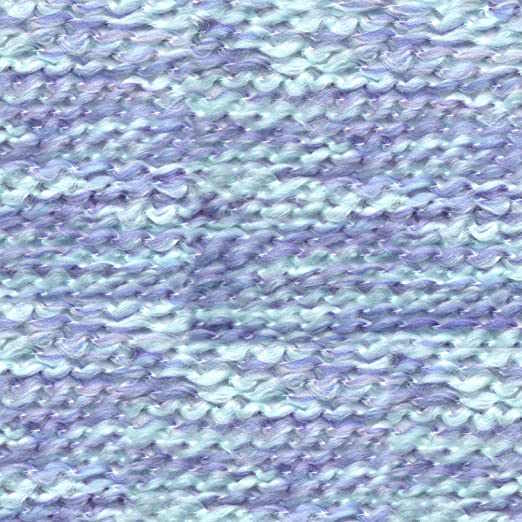- Home
- Homespun Yarn Tips
Get Creative with Homespun Yarn Tips: Knitting and Crocheting
Homespun Yarn Tips by Janice Jones |Updated November 21, 2025
Homespun yarn is a unique type that's perfect for creating beautiful, cozy knit and crochet projects. If you're new to working with this type of yarn, don't worry! In this article, I'll share all the tips and tricks you need to create stunning projects with homespun yarn.
Introduction to Homespun Yarn Tips
Homespun yarn is a type of yarn that is made by spinning different types of fibers together, and this creates a unique texture perfect for creating cozy and warm projects. Homespun yarn comes in various colors and textures, making it a versatile option for multiple projects.

One of the great things about working with homespun yarn is that it is a forgiving material. Because of its unique texture, small mistakes in your knitting or crochet won't be as noticeable as with other types of yarn.
This makes it an excellent option for beginners or anyone who wants to create a beautiful project without concern for perfection.
Benefits of Using Homespun Yarn for Knitting and Crocheting
Homespun yarn offers many benefits when it comes to knitting and crocheting, and one of the most significant advantages is its unique texture. The fibers in the homespun yarn create a beautiful and cozy texture that is perfect for creating warm and inviting projects.
Another benefit of using homespun yarn is that it is a forgiving material. As mentioned earlier, small mistakes in your knitting or crochet won't be as noticeable with homespun yarn as with other types. This makes it an excellent option for beginners or anyone who wants to create a beautiful project without concern for perfection.
Homespun yarn is also versatile, and it comes in a variety of colors and textures, making it an excellent option for all kinds of projects. Whether creating a cozy blanket or a warm scarf, homespun yarn can help you achieve the perfect look and feel.
The bulky and superbulky yarns work quickly, so you can create an entire project on the weekend.
The yarn is soft and is machine washable. For example, Lion Brand Homespun Yarn is 98% acrylic and 2% polyester.
Tools and Materials Needed for Knitting and Crocheting with Homespun Yarn
When working with homespun yarn, there are a few tools and materials that you'll need to get started. Here are the basics:
- Knitting needles or crochet hook: Depending on whether you're knitting or crocheting, you'll need a set of knitting needles or a crochet hook.
- Stitch markers: These will help you keep track of your stitches and ensure that your project turns out how you want it to.
- Scissors: You'll need a good pair of scissors to cut your yarn as you work.
- Tape measure: This will help you measure your project as you go, ensuring it turns out the correct size.
- Homespun yarn: You'll need some homespun yarn to work with! Choose the color and texture that you like best.
Homespun Yarn Tips: Knitting and Crocheting, Techniques

Working with homespun yarn requires some special techniques to get the best results. Here are some tips for knitting and crocheting with homespun yarn:
- Use larger needles or hooks: Because the homespun yarn is thicker than other types of yarn, you'll want to use larger needles or hooks to create the proper tension.
- Pay attention to your tension: When working with homespun yarn, it's essential to pay attention to your tension. Keep your tension consistent throughout your project to ensure it turns out how you want it to.
- Be patient: Homespun yarn can be tricky to work with at first, so be patient! Take your time, and don't worry too much about small mistakes.
- Use simple stitches: Because the homespun yarn is so textured, it's best to use simple stitches when working with it. Stick to basic knit and crochet stitches to ensure your project turns out how you want it to. Half-double, double, and single crochet stitches are good choices because the texture of this yarn tends to mask the actual stitch definition. For knitting, I would recommend garter or stockinette stitches.
- Knit or crochet in a well-lit area. Sometimes it isn't easy to see your stitches when working with handspun yarn. Natural light or a close light source will make it much easier to see your work.
- Crochet hooks: Besides choosing a larger hook, find one with a rounded tip. Hooks made with a pointed tip tend to split the yarn, which can be frustrating. The same is true for knitting needles. Those needles with very sharp tips, such as the ones used to create lace, tend to split the yarn, slowing down your work.
- Use stitch markers: Since it is tough to see individual stitches, it may be easier, especially when counting your stitches. According to Lion Brand, you almost need to feel your stitches.
- For knitting, be sure to keep the cast on and bind off edges loose. You can accomplish this by using a needle one size larger than the one you plan to use for the rest of the project.
Common Mistakes to Avoid When Working with Homespun Yarn
Working with homespun yarn can be tricky, especially if you're new to it. Here are some common mistakes to avoid:
- Not using the right needle or hook size: As mentioned earlier, using the right one is essential when working with homespun yarn. Using a needle or hook that is too small can result in a project that is too stiff, while using one that is too large can result in a too-loose project.
- Not paying attention to tension: Tension is critical when working with homespun yarn. If your tension is too loose or tight, your project won't turn out how you want it to.
- Not using simple stitches: It's best to stick to simple stitches when working with homespun yarn, which will help ensure your project turns out how you want it to.
- Not using lighter-colored yarn: The rule of thumb for beginners is to stick to lighter-colored yarn, and if you are new to using homespun yarn, I will make the same recommendation. My first project with homespun yarn was a disaster because I chose a brown yarn hues of orange, yellow and red throughout, and I had a hard time just seeing what I was doing.



Homespun Yarn comes in a variety of colors.
Homespun Yarn Tips: Tricks for Creating Beautiful Projects
Creating beautiful projects with homespun yarn is all about technique and practice. Here are some tips and tricks to help you create stunning projects with homespun yarn:
- Experiment with different colors and textures: Homespun yarn comes in various colors and textures, so don't be afraid to experiment! Try combining different colors and textures to create a unique look for your project. For example, knit with two strands of yarn, one homespun yarn and one acrylic.
- Use simple patterns: Simple patterns are best when working with homespun yarn. Stick to basic knit and crochet stitches to ensure your project turns out how you want it to.
- Block your project: Blocking it can help smooth out any bumps or wrinkles and give it a more polished look.
- Don't worry too much about mistakes: Remember, homespun yarn is forgiving! Don't worry too much if you make small mistakes in your knitting or crocheting. They probably won't be noticeable in the finished product.
Homespun Yarn Tips: Project Ideas - Hats, Scarves, Blankets, and More
Homespun yarn is perfect for creating cozy and warm projects. Here are some project ideas to get you started:
- Hats: Knit or crochet a cozy hat to warm your head on chilly days.
- Scarves: A warm and cozy scarf is perfect for snuggling up during winter.
- Blankets: Create a beautiful, cozy blanket to snuggle up on the couch.
- Sweaters: Use homespun yarn to knit or crochet a warm and cozy sweater for those cold winter days.
- Mittens: Keep your hands warm with homespun yarn mittens.
Resources for Learning More About Homespun Yarn Tips for Knitting and Crocheting
Many resources are available to learn about homespun yarn and knitting/crocheting. Here are a few to check out:
- Online tutorials: Countless online tutorials can help you learn how to knit or crochet with homespun yarn.
- Knitting and crochet books: Many books can help you learn more about knitting and crochet, including books focusing specifically on homespun yarn.
- Local classes: Check with your local craft store or community center to see if they offer classes on knitting or crocheting.
- Lion Brand Yarns provide plenty of free patterns online to try with their yarn line.
Homespun Yarn Tips: Conclusion
Homespun yarn is a unique and versatile material perfect for creating cozy and warm projects. The great thing about homespun yarn is its sheer touch-ability, making it a pleasure to work with and enjoy the finished product.
Whether you're a beginner or an experienced knitter or crocheter, homespun yarn offers endless possibilities for creativity. You'll easily create beautiful projects with the tips and tricks in this article.
So grab your needles or hook, some homespun yarn, and get creative!










